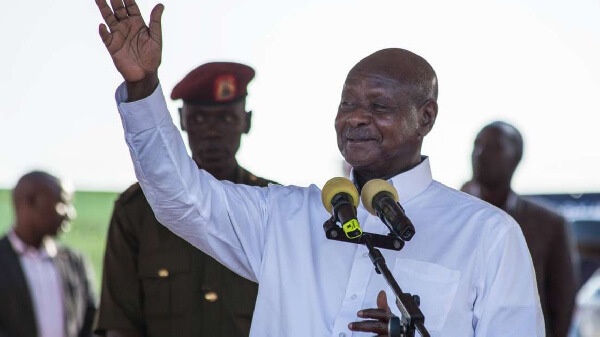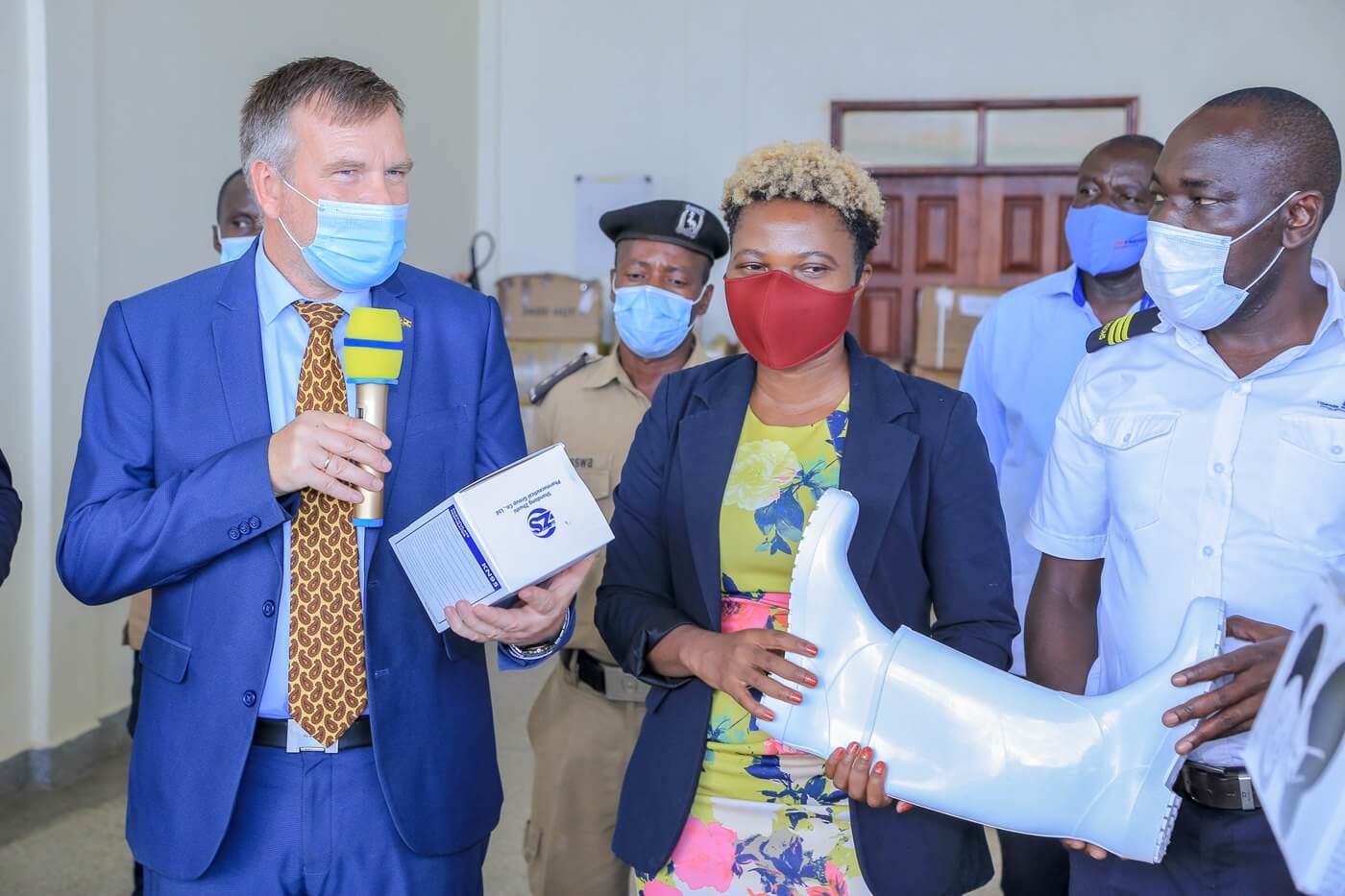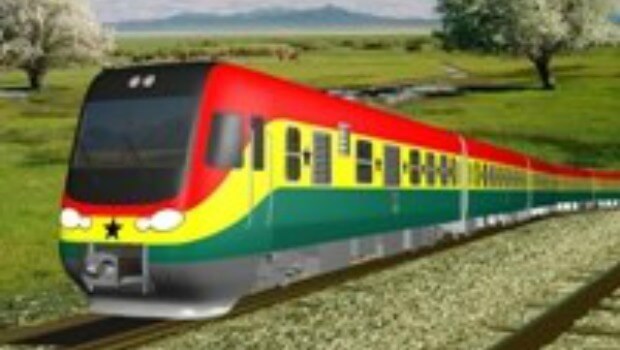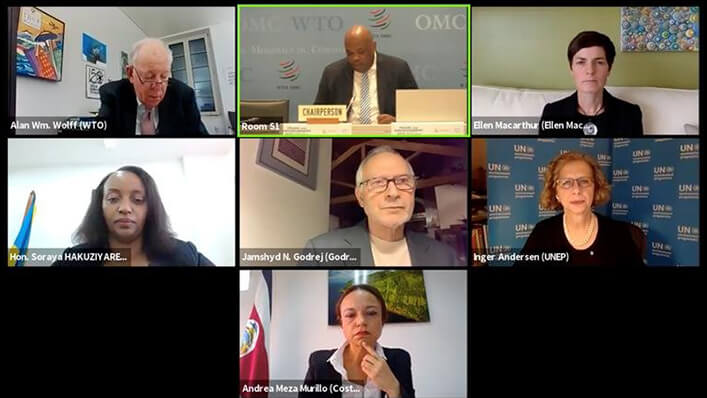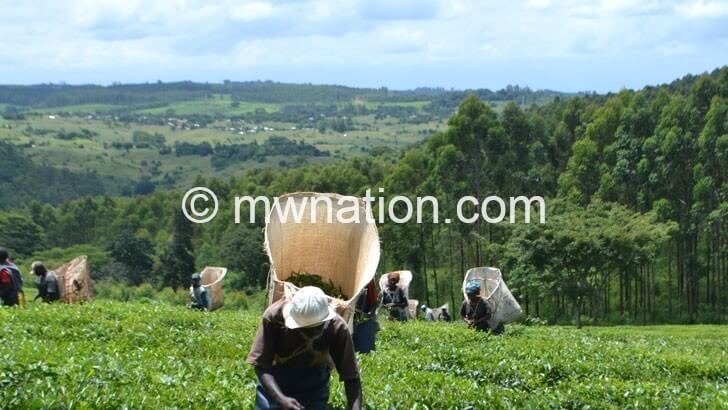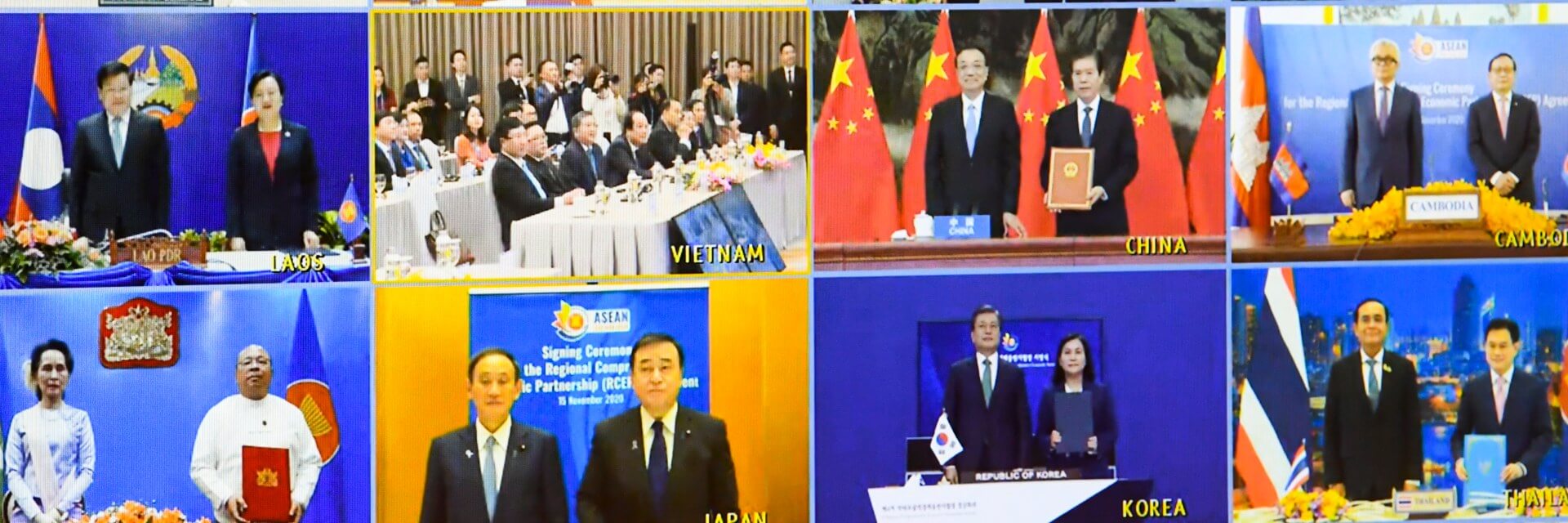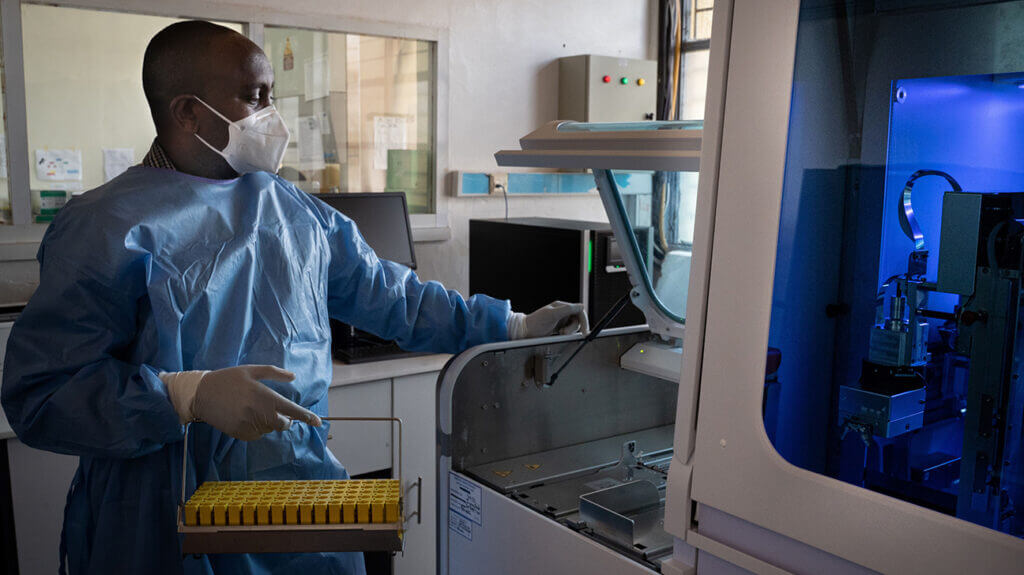Ugandans can now travel to Kenya using the 44.5 Kilometre-long Bumbobi-Lwakhakha road, into Bungoma County, western Kenya. The road, which was commissioned on Tuesday by President Yoweri Museveni, has been upgraded to tarmac from all-weather courtesy of a Ush140 billion ($37.6 million loan from the African Development Bank in 2016. The road is expected to deepen regional integration and cross border trade with Kenya, and offers an alternative to the Busia and Malaba border crossings. It also connects to a mineral rich area with gold, uranium, iron ore and lake sand and is projected to open doors to tourism. Traders from both countries have for long used this shorter route to Kenya. Uganda is also constructing the Kapchorwa-Suam road. Uganda Trade minister Amelia Kyambadde told The EastAfrican that the road will also benefit South Sudan, Democratic Republic of Congo and Rwanda all of which use the route as a transit point for most of their inbound and outbound cargo. “Kenya is our main connection to the outside world by sea and having such roads built will greatly improve trade not just between the two countries but within the entire region. Doing business will be cheaper and transportation of goods will be faster,” she said. Kenya is Uganda’ biggest trade partner with Uganda importing goods worth $600 million from Kenya while Kenya imports goods worth about $500 million from Uganda. According to government projections, the road will also improve access to the “socio-economic facilities and the quality of transport service levels”...
Uganda opens new alternative route to Kenya
Posted on: December 9, 2020
Posted on: December 9, 2020

